The new Lotus Emeya is the fastest-charging electric production car, the brand has claimed, after it recorded a 10-80% refill in just 14 minutes.
The luxury saloon reached a peak charging rate of 402kW and averaged 331kW during the test, which was completed using a 400kW DC connection. Notably, this is greater than the 320kW peak rate claimed by Porsche for the facelifted Taycan.
The Emeya is Lotus’s second electric car, arriving after the Eletre as part of a family of new lifestyle-oriented models engineered and built in Wuhan, China.
Although these new-era EVs are entirely unrelated to the sports cars Lotus builds in Hethel, outstanding performance remains a priority for them. To that end, the fastest Emeya packs a dual-motor powertrain that sends up to 905bhp and 726lb ft through all four wheels. That’s sufficient for 0-62mph in under 2.8sec, making the Emeya one of the quickest four-doors on the market.
Specifications for the entry-level Emeya and mid-rung Emeya S have yet to be announced, but they are expected to match the equivalent Eletre models, which get 603bhp and a claimed 0-62mph time of 4.5sec.
All versions pack a 102kWh battery pack that officially yields a range of up to 379 miles.
The Emeya is not solely about big numbers and brute force, though. Its standard-fit air suspension system scans the road ahead 1000 times per second and actively responds to the harshness of its surface by priming the dampers at each corner of the car appropriately.
![]()
Lotus’s performance saloon also features an abundance of active aerodynamic elements, including the grille, rear diffuser and a rear spoiler that is 100mm wider than the Eletre’s and extends at speed to enhance stability.
The use of active aero is an “opportunity”, vice-president of Lotus design Ben Payne told Autocar, because it allows the firm to produce a high-performance car that also appears elegant.
“High-performing, aerodynamic cars are quite fragmented.” Payne said. “You have bits in various positions all over them, so they tend to look less clean, simple and coherent. For us, looking at the future direction for Lotus, we were very keen to try and make the cars look as pure as possible and active aero allows you to do that.”
Inside, performance-oriented cues such as carbon-bodied front seats and a flat-bottomed steering wheel are combined with more overtly luxurious elements – individual rear seats, digital rear-view mirror screens and materials with high perceived quality among them.
The tech prowess of Lotus Technology, the Chinese EV arm of Lotus, manifests in an expansive 55.0in head-up display, which projects key information such as directions and driver assistance system warnings across the width of the windscreen.
A large central touchscreen with 5G connectivity and over-the-air updatability is flanked by two slimmer digital displays – one for the driver, one for the passenger – in a set-up that broadly mirrors the Eletre’s.
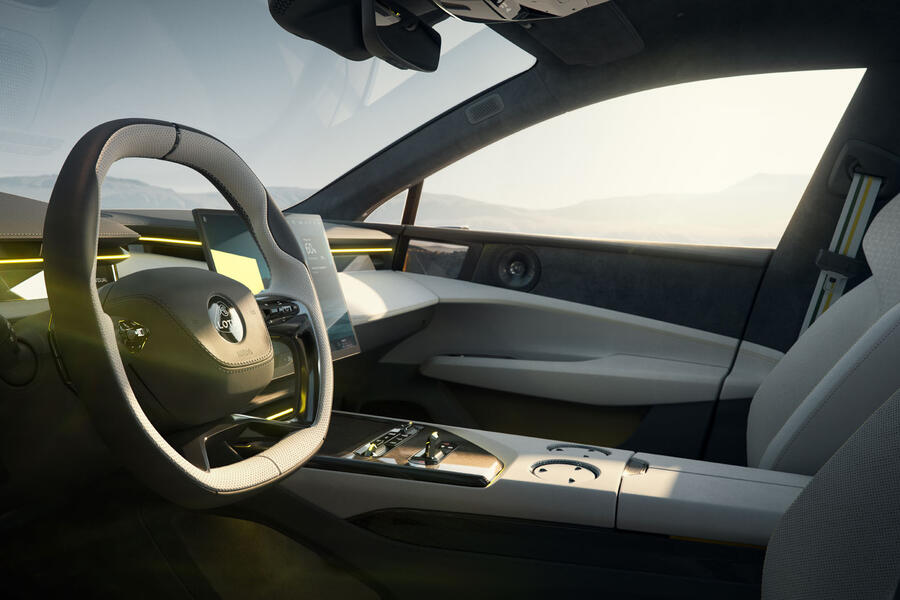
Physical controls feature on the centre console, steering wheel and steering column, but many of the Emeya’s core functions are controllable using the touchscreen or voice assistance.
The high-tech cockpit serves as a “clear indication” of the advanced technical architecture underpinning the Emeya, said Payne.
This impression is reinforced by the Emeya’s cab-forward silhouette, long wheelbase and short overhangs – proportions made possible by the Emeya’s electric powertrain.
“We want to make sure that people understand this is an EV and leverage the possibilities the [skateboard] architecture allows you to have,” said Payne.
He explained that traditionally, a GT’s proportions have been determined by “how many cylinders are under the bonnet”, giving “a long, powerful [nose] and a tight cabin at the rear”.
By breaking from these conventions, the Emeya “subconsciously tells you this is an electrified product”, said Payne. “It physically can’t have a big V8 under the hood, because we didn’t have space for it”.
![]()
Aside from its sleeker silhouette, the Emeya bears a strong resemblance to the larger Eletre. This is “wholly deliberate”, said Payne, as Lotus aims to restructure its brand image around more practical, daily-usable EVs – against the backdrop of its heritage of building uncompromising sports cars.
Payne said: “Eletre is the biggest stretch for the traditional Lotus customer. Looking at where we’ve gone, we had to try very hard to put as much sports car DNA into that product as possible. Bearing in mind its size and proportion, for some people, that’s a stretch. I think, in the design team’s eyes, there are an awful lot of features on that car that really sell it as the hypercar of SUVs.
“Coming on to Emeya, we want to continue that. We’re quite mindful that Lotus needs to build an identity that makes sense and we have a properly joined-up aesthetic from the sports cars to the lifestyle product, so it looks like one complete range. At the minute, obviously, that’s in mid-process.”
Nonetheless, Payne wants to avoid “cookie-cutter” styling for future Lotus models. These include the Type 134 – a Porsche Macan Electric rival that is “well in development” – and the Type 135, an electric successor to the Elise.
The Eletre and the Emeya form “a springboard” for these models – as well as what comes after that, which is “five years out”. Payne would not be drawn on the form these cars will take but confirmed that “super-exciting” design work has begun.
The Emeya will enter production later this year, with the first European deliveries scheduled to start this autumn.
Prices start at £94,950, rise to £107,450 for the mid-tier S car and hit £129,950 for the 905bhp R model.
Emeya could spawn world's quickest estate

An estate-bodied Lotus Emeya is on the cards, which would effectively give the marque a fourth ‘lifestyle’ model line and serve as a rival to the Porsche Taycan Sport Turismo.
Design chief Ben Payne declined to confirm whether plans for a shooting brake Emeya exist, but he said: “Let’s just say I know a lot of creative people that these kinds of products appeal to. The design team is always looking at the next opportunity and how we can do something a bit different and get more [opportunities]. Is it in the product plan? I can’t comment on that.”
This echoes the thrust of former Lotus commercial boss Mike Johnstone’s comments: “Consumer tastes change. New market segments appear and new technologies come into play that mean we could do things in a different way. We’re always looking for new opportunities to make sure we can maximise the amount of return on any investment we make.”
Such a model has the potential to be the most powerful series production estate car yet, given the Emeya R packs about 150bhp more than the Taycan Turbo S Sport Turismo, the current title holder.




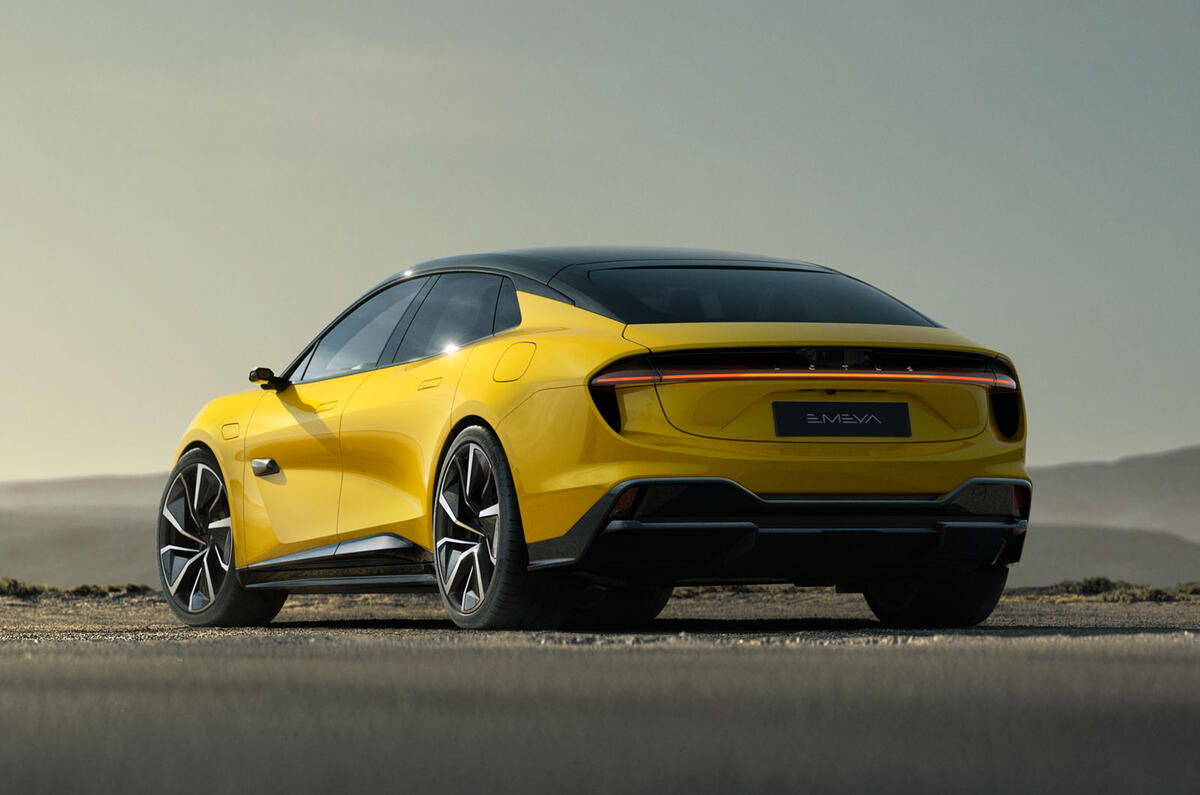
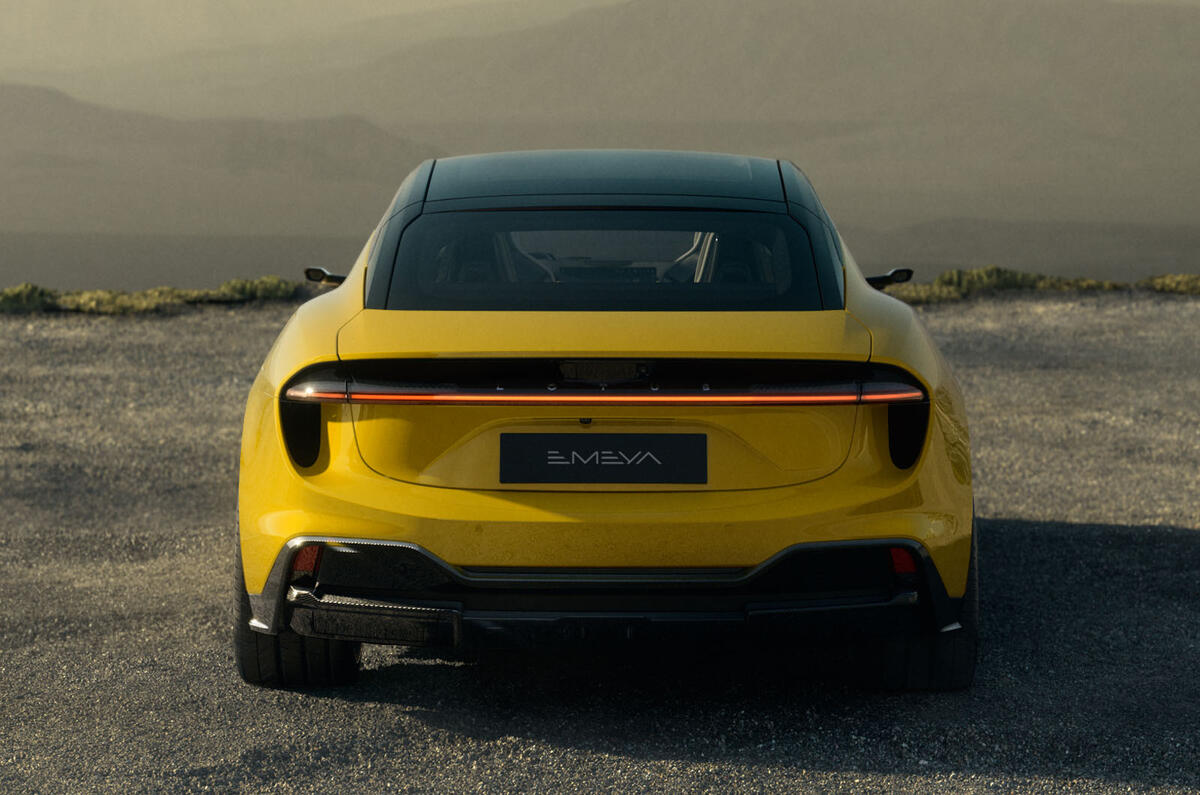
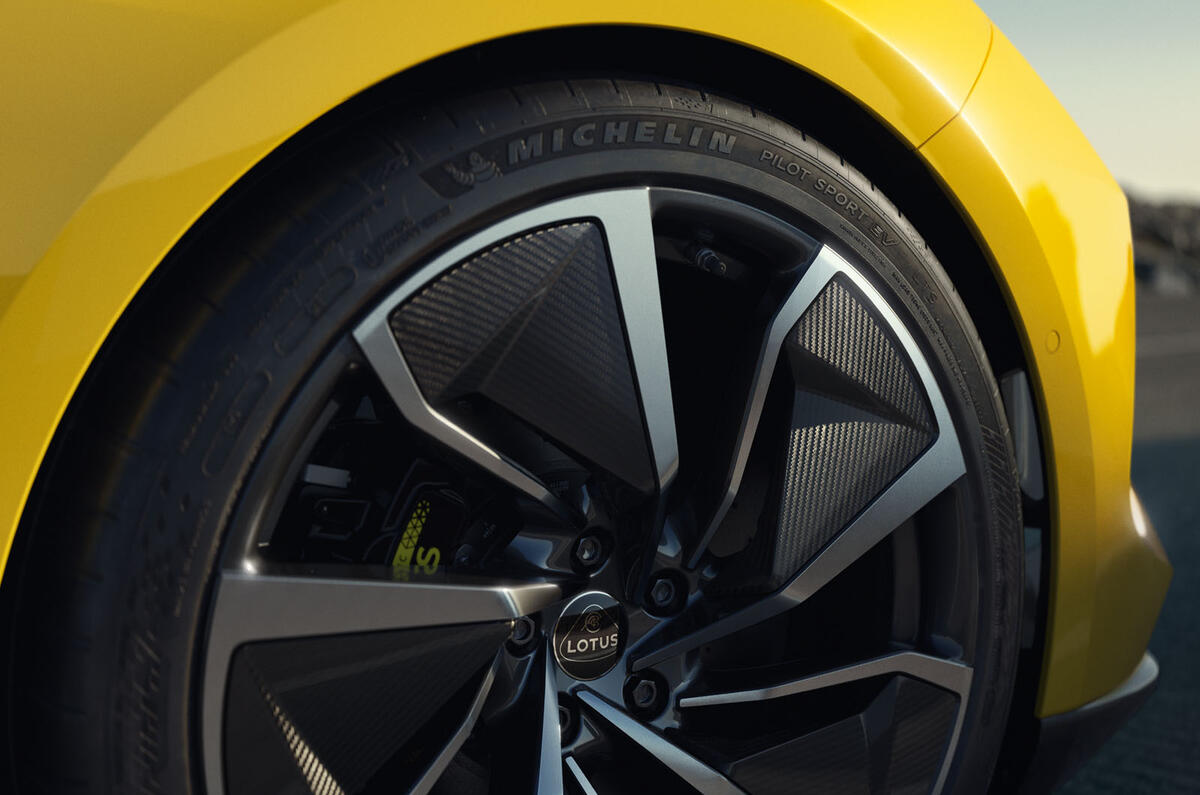
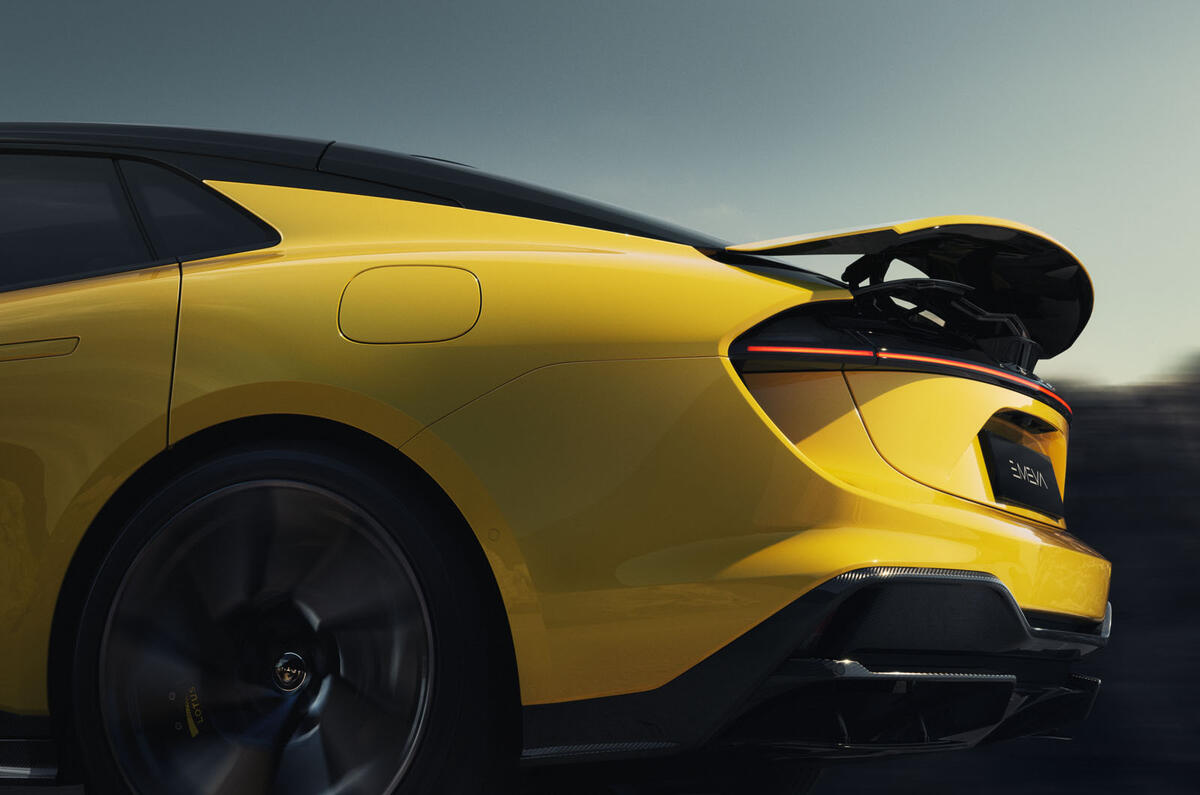
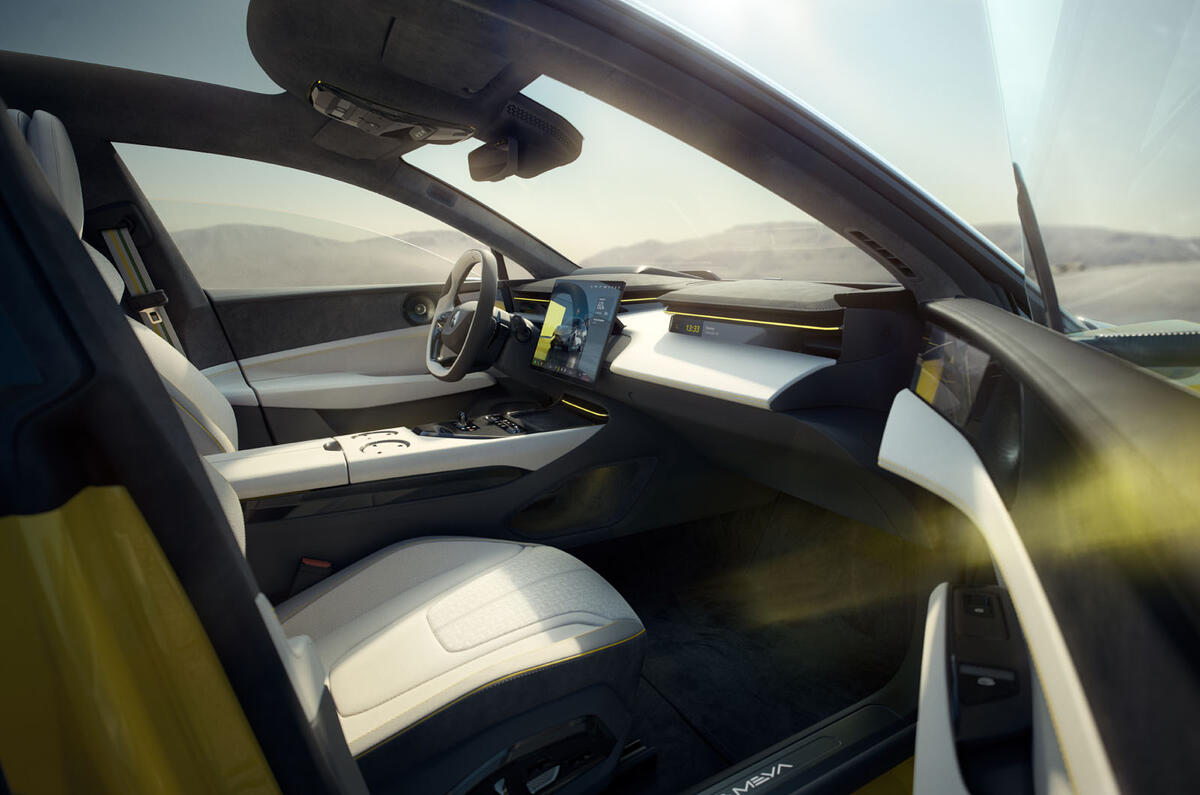
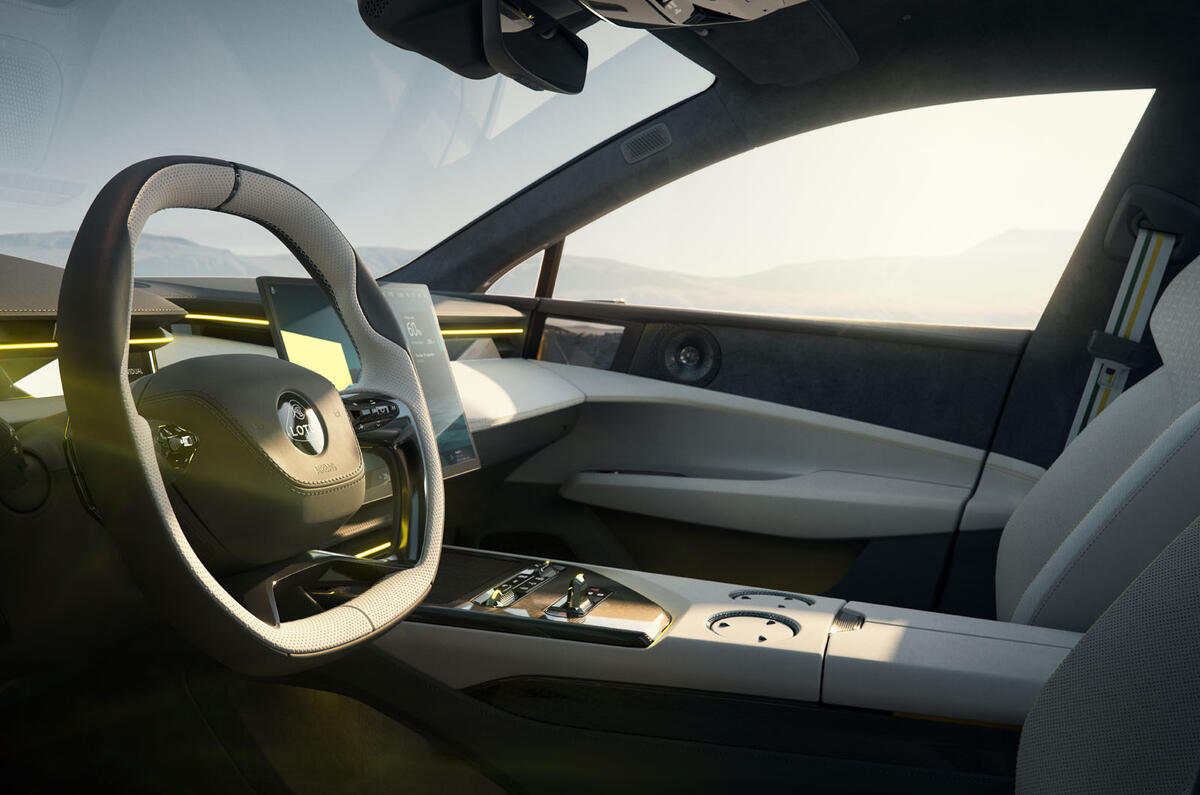
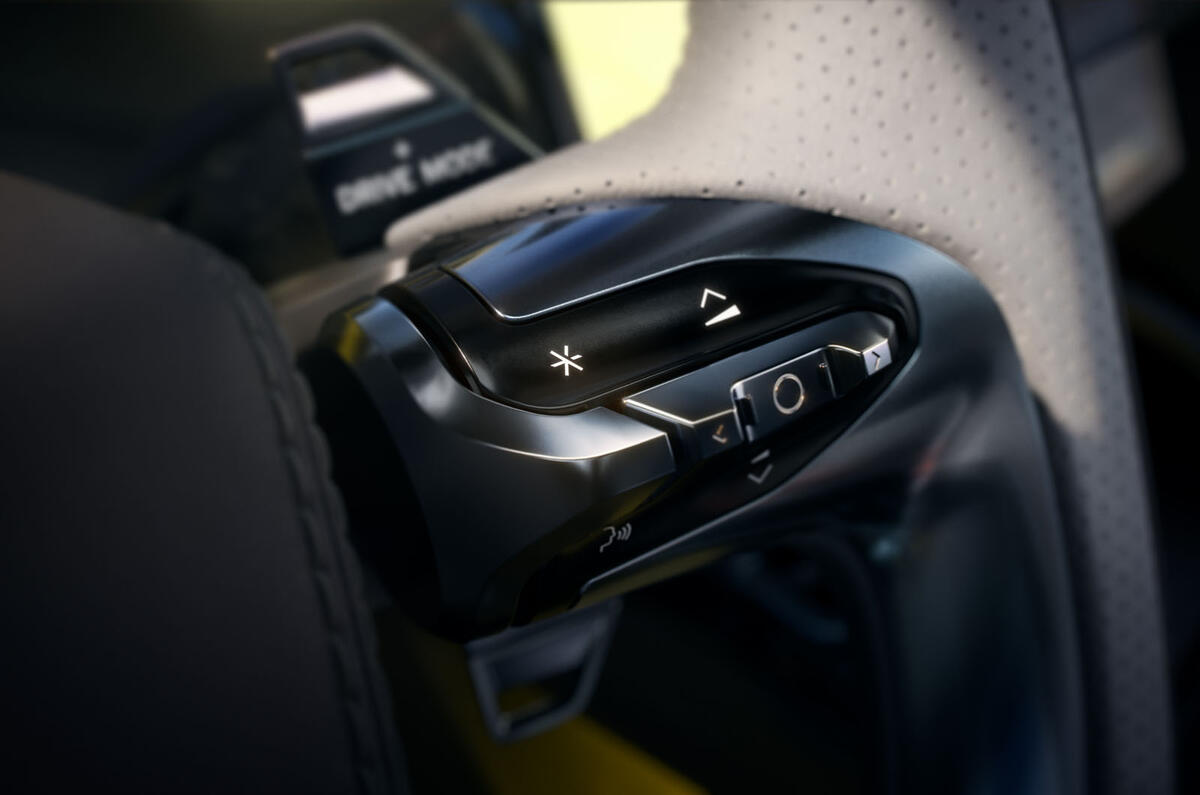
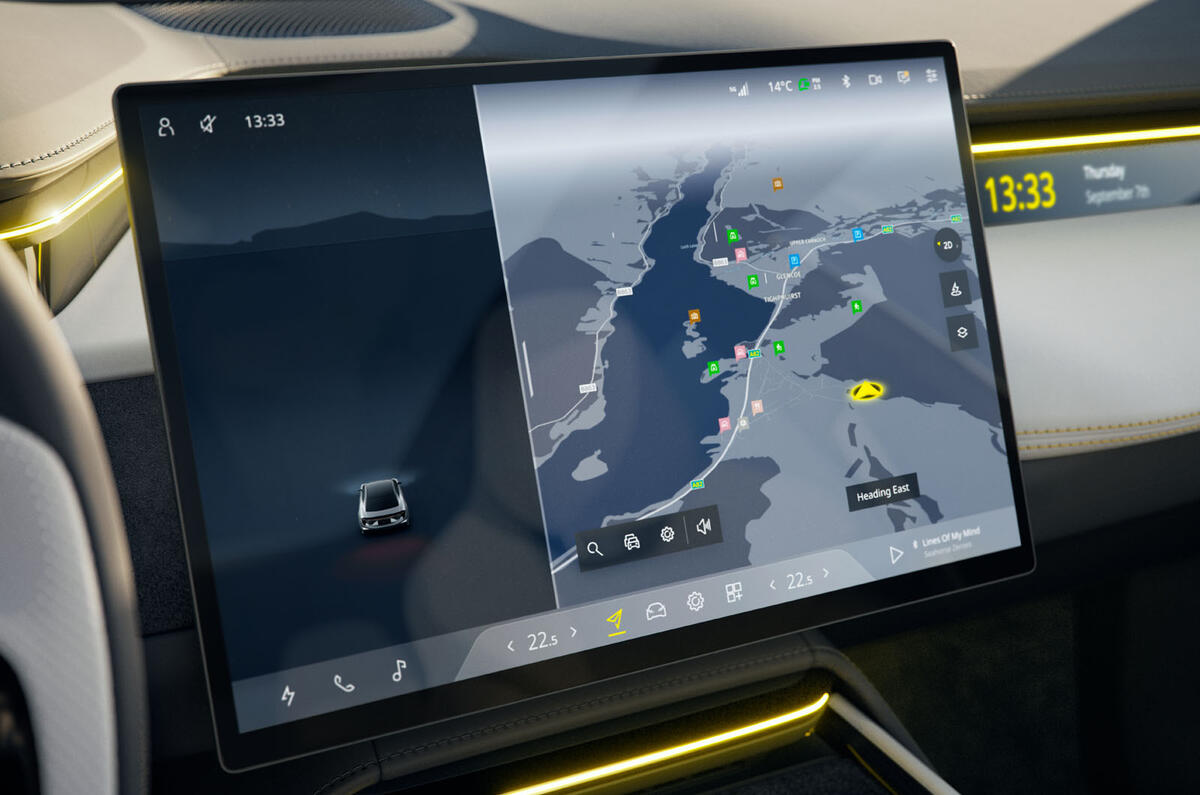
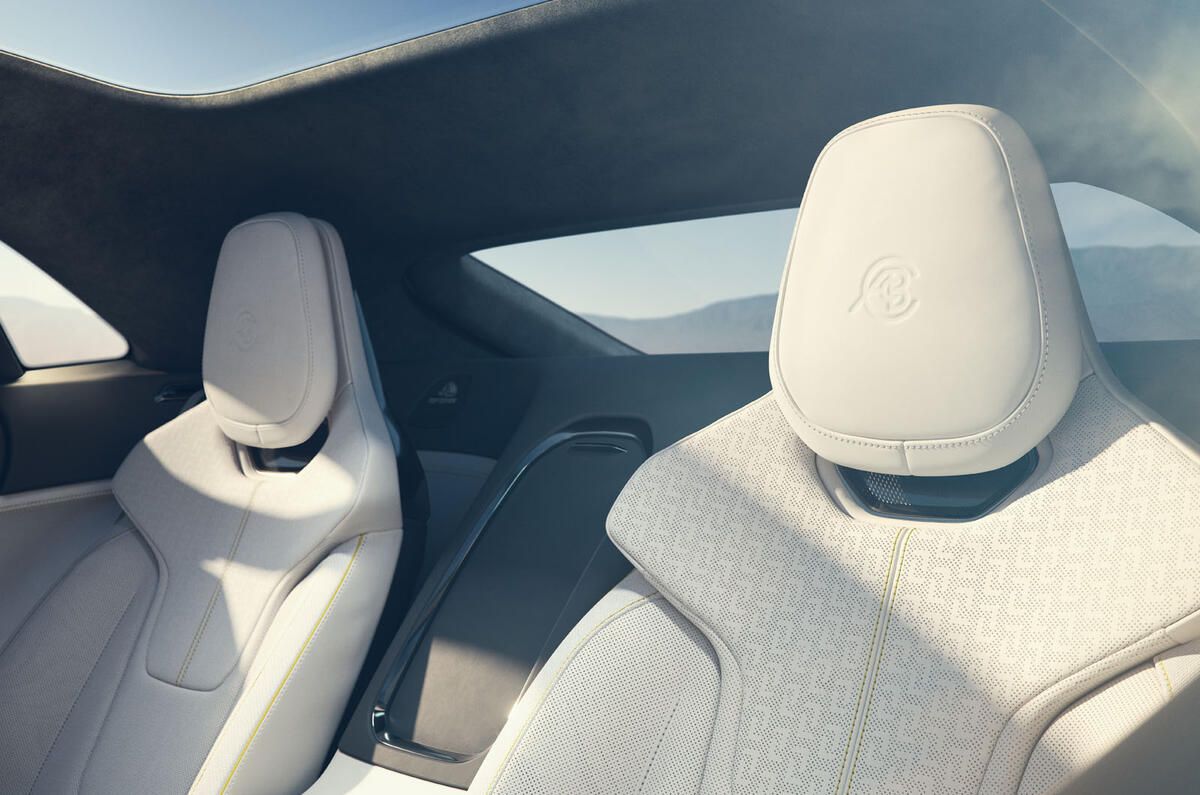
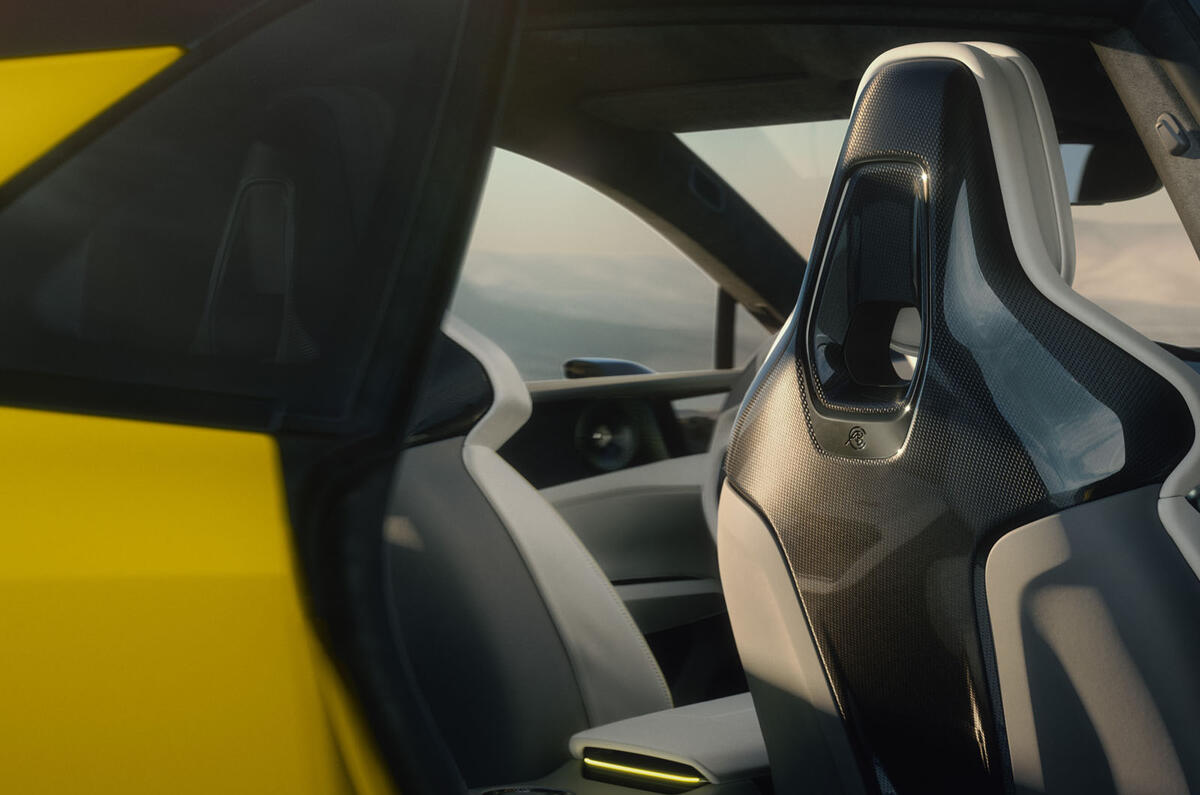
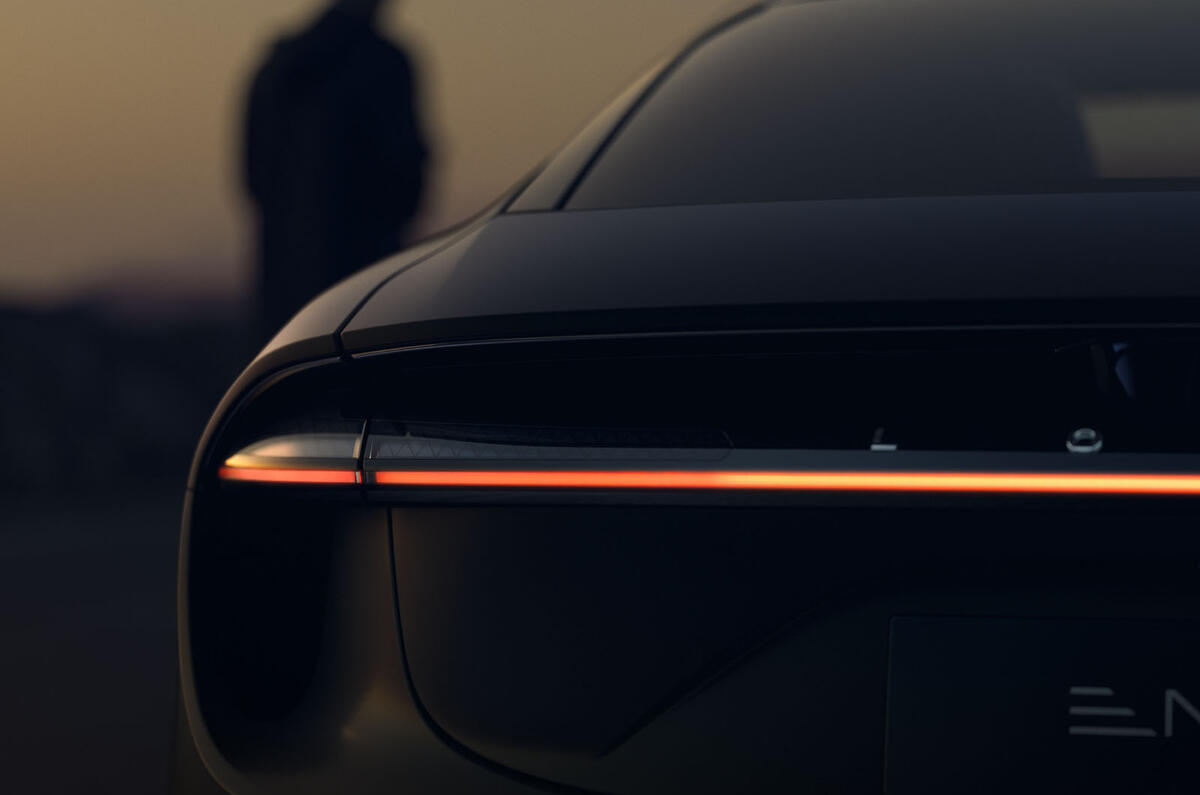
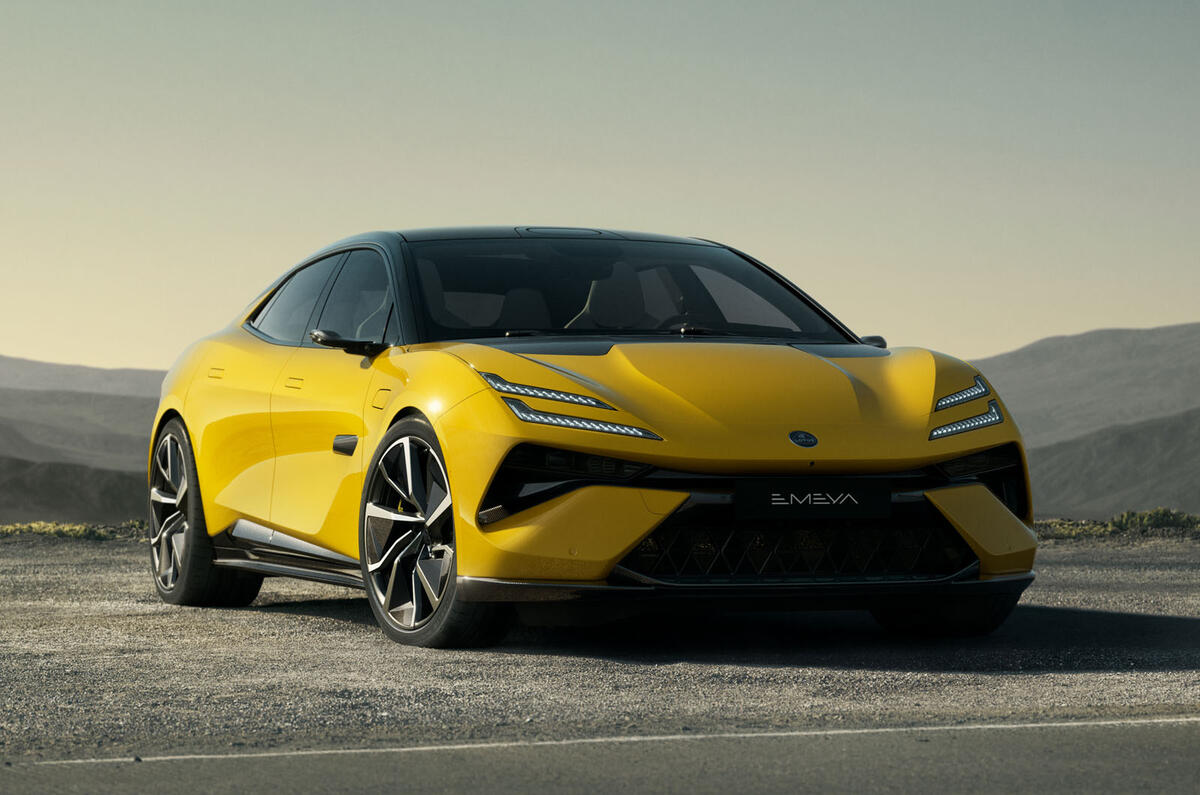
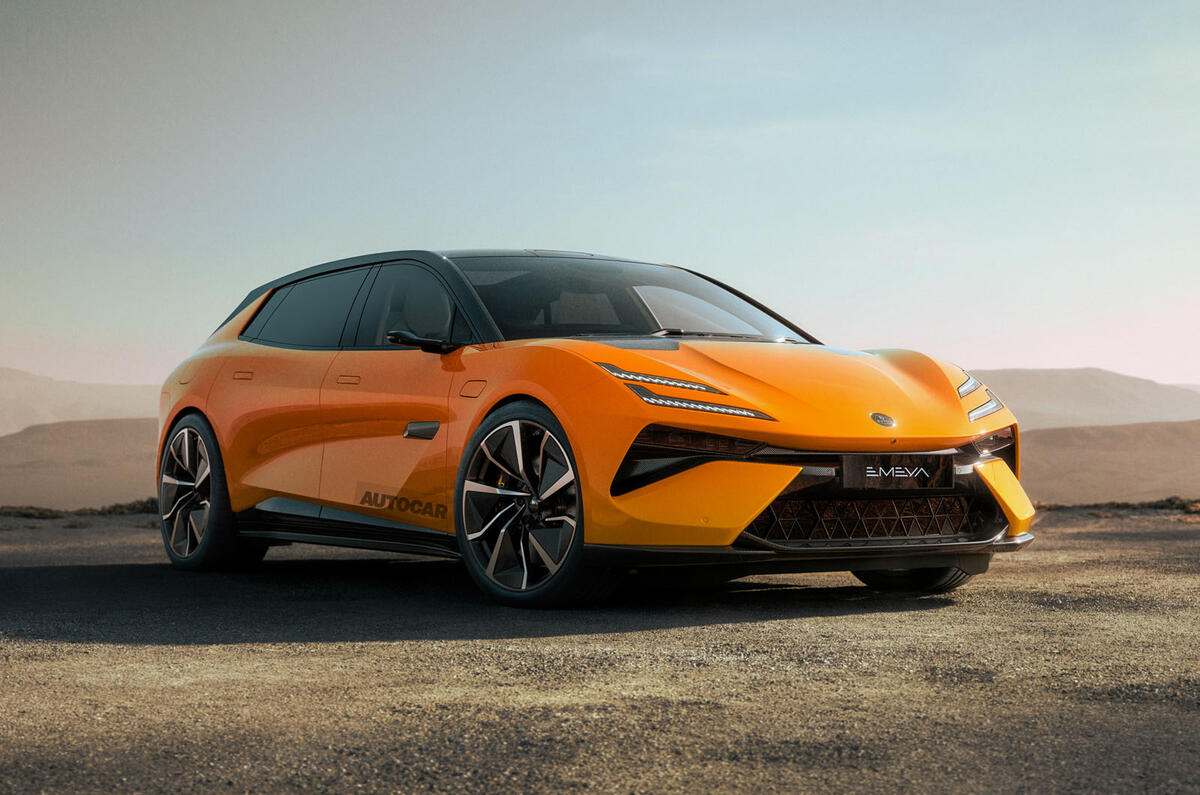


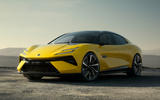

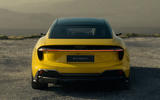
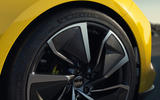
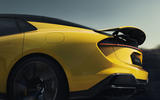
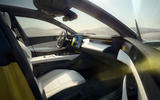
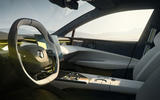
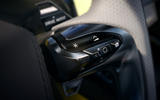
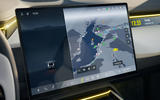
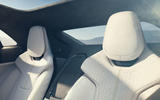
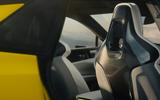
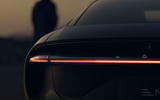
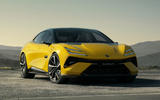
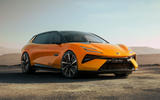





Join the debate
Add your comment
I don't recall Autocar measuring petrol cars in the same way and time spent filling tanks! Eg a 50L tank Golf GTD vs a 92L tank F12 Ferrari. The Golf would spend far less time at the pumps than the Ferrari on a long road trip and probably a better real world speed car.
That would be a review of petrol pumps rather than the speed a BEV can accept a charge at, a pretty boring unnecessary article that everyone could quite easierly work out the outcome themselves.
This article is worthless. Who cares when the Emeya is the most inefficient passenger EV in the world?
Yea cause Lotus had..... build an efficient car at the top of the list for this project.
Insane to think of the progress that's being made in the BEV world. As a footnote people won't generally go down to 10 percent, the standard measure should be 20 to 80 percent which probably means under 10 minutes, less time than I spend at the Tesco's floorcourt the other day.